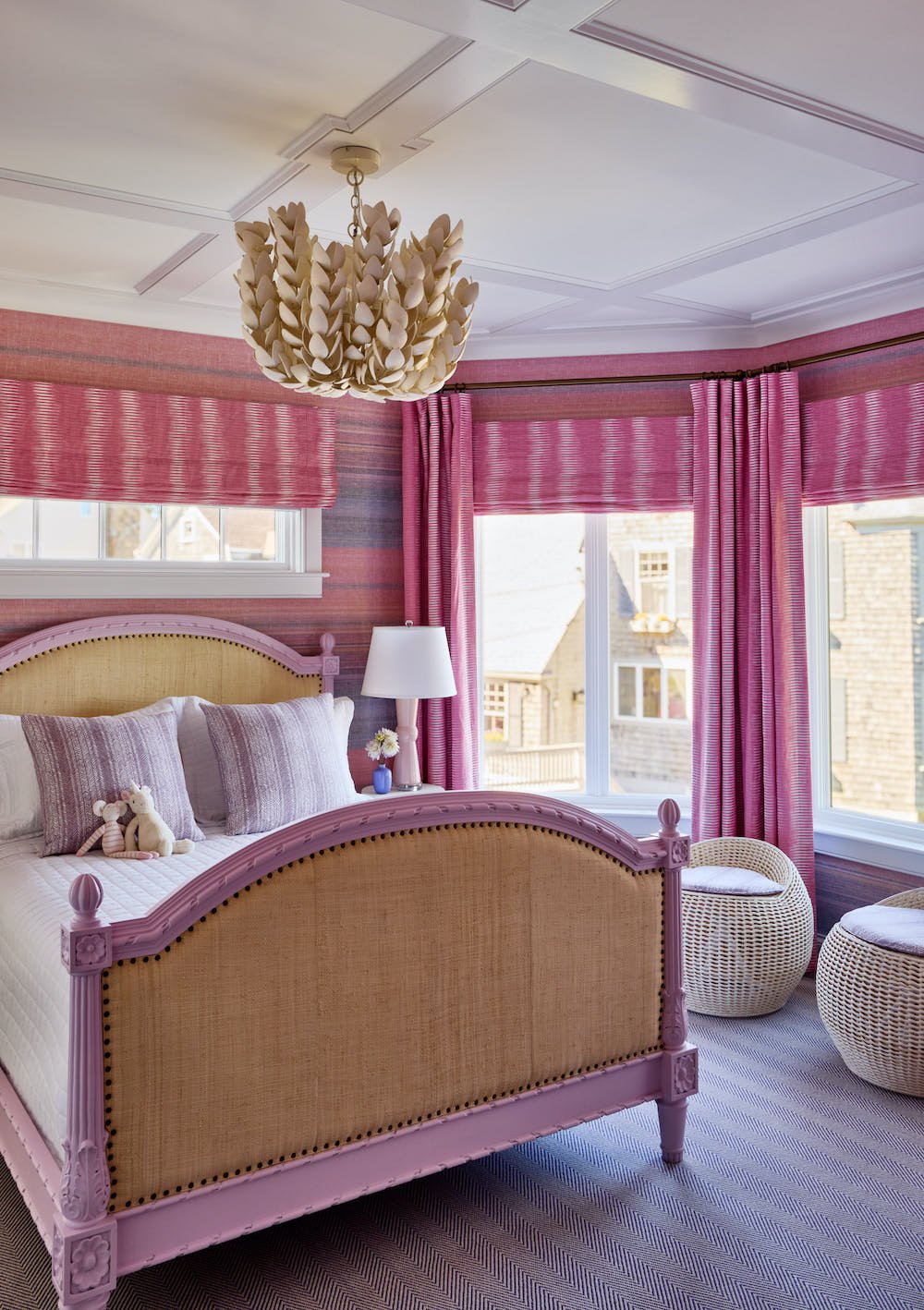8 Things to Consider When Designing an Epic Kids' Bedroom
Soft Modern Meets Shingle Style, Weston, MA
Back-to-school season has us thinking a lot about our kids and how to make their days feel more balanced and joyful. Designing a kid's bedroom can be a wonderful experience, but it requires finding that sweet spot between your own design preferences and your child's personality to create a space that is equal parts fun and functional.
We love the opportunity to have a little fun when designing rooms for the younger members of the family in our clients' homes. Our main goal throughout the design process is to make it a space they can grow in and with. Incorporating design elements that are wearable, evergreen, or easily swapped out as interests change is a key part of the strategy. From collaboration to innovation, every stage of the process behind designing a kid's bedroom is just as important as any other space in the home and equally vital to meeting our client’s goals and helping you create a space that everyone will love.
Keeping with the back-to-school spirit, we’ve gathered our eight things to consider when designing an ultimate kids' bedroom that perfectly balances rest and play.
1. Collaborate with the Kids
Depending on your kid’s age, designing the bedroom can be a joyous, collaborative experience. Kids can offer great insights into what they love and share their favorite color palette and desired theme. Some parents like to gather ideas from their children beforehand, while others prefer to have the kids share their thoughts directly with us. These little details help us create a personalized and meaningful space, whether it's a favorite color or a beloved hobby.
2. Prioritize Functionality
Before diving into the fun part of designing, it's essential to think about how the room will function daily. Storage is critical in a child's room—there must be a place for everything, from toys to art supplies. Consider the way your child uses their space. For example, a trundle bed might be a good idea if they often have friends over for sleepovers. Practicality should guide your decisions to ensure the room is as useful as beautiful.
3. Think Outside the Box
Kids often have grand ideas about what they want in their rooms, from twinkling fairy lights to themed decor. We bring those ideas to life while maintaining a cohesive design through elements that inspire some joy. For example, magnetic frames for their artwork, comfy bean bags, or stylish storage baskets can be included. Mixing these pieces can create a room that's both playful and practical.
4. Embrace Flexibility and Longevity
Designing with flexibility in mind is essential, as kids grow quickly, and their tastes can change just as fast. Choosing neutral and versatile furniture pieces, like beds, nightstands, and desks, that can change as your child grows is essential. We select soft furnishings and wall colors to implement adaptability, making refreshing the room effortless as interests shift. Elements like artwork and display shelves can be whimsical and changeable to reflect current passions.
Thriving in a Sky-high Home, Boston, MA
5. Invest in Durability
Children's rooms endure a lot of wear and tear, so choosing durable materials is essential. That's why we like to use FLOR carpet tiles that can be easily cleaned or replaced, stain-resistant fabrics, and vinyl wall coverings that can stand up to whatever kids throw at them. These choices keep the room looking great, no matter what. Incorporating practical, kid-friendly elements, like a craft table or a magnetic wall, can also help maintain the room's durability while encouraging creativity.
6. Add Personal Touches
What makes a room truly special are the personal touches. If the kid(s) are old enough, we involve them in the process by asking about their favorite colors, themes, and inspirations. Personalized elements like monogrammed items, custom wall art, and spaces dedicated to their achievements help make the room feel like it's truly theirs. Remember to keep things minimal to avoid clutter so the room remains calm and inviting.
7. Novelty Spaces
Children love having their own little hideaways. Consider turning a closet into a secret reading nook or adding a loft bed with a cozy space underneath. These small, particular areas can make the room feel like a mini adventure every day. These features add a sense of magic to the room and provide your child with a place to escape and unwind.
8. Focus on Comfort
We recognize that kids enjoy spending time in small, comfortable spaces, especially after spending so much time at home during the pandemic. Soft rugs, cozy nooks, and plush bedding can make their room a sanctuary. Comfort is critical to ensuring they feel safe and happy in their space. A well-thought-out design should invite them to relax, dream, and simply be themselves.
Learn more about working with us through our Introduction Brochure for Homeowners, including information about Reider + Co, our process, and our capabilities.
Live well,












